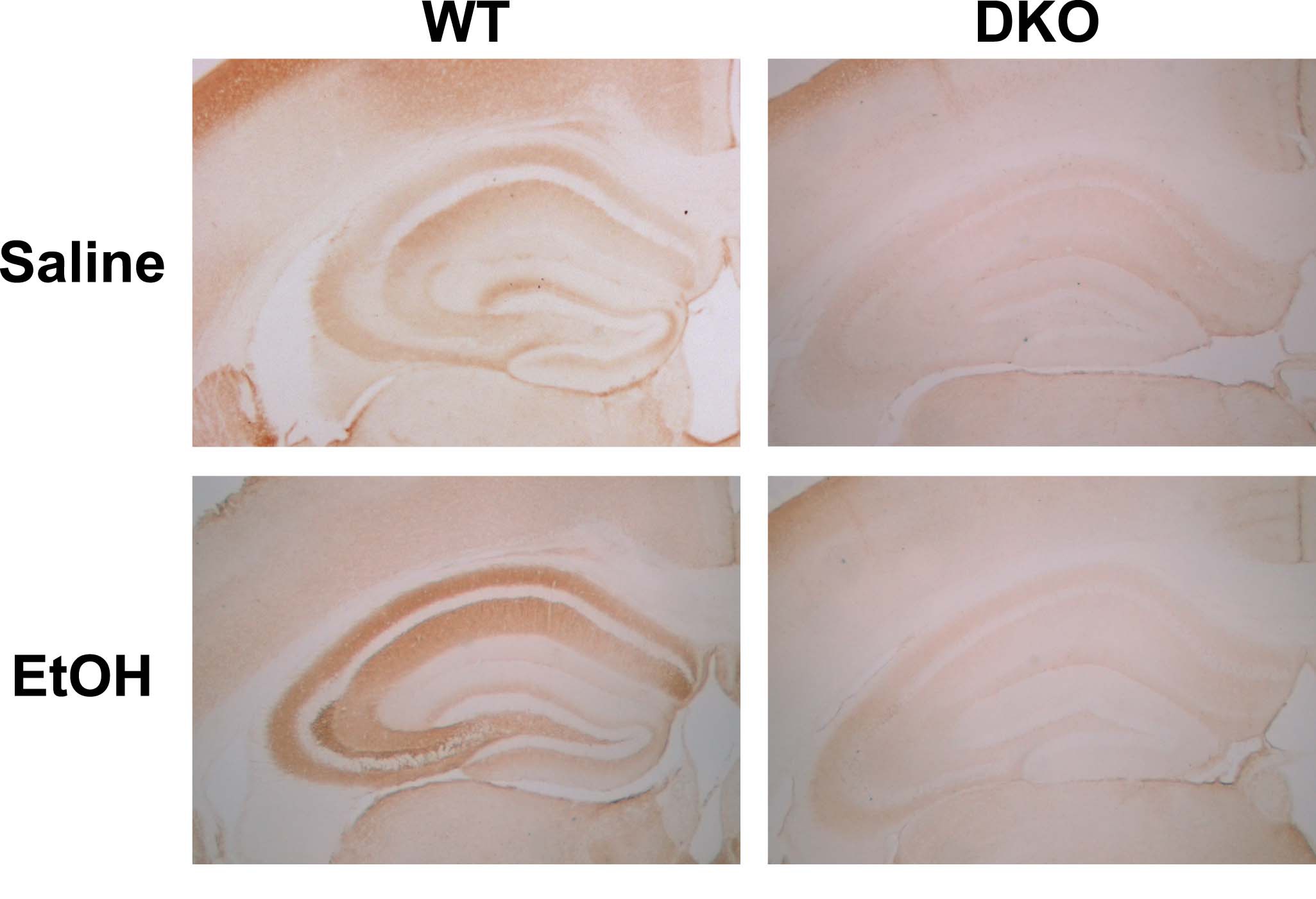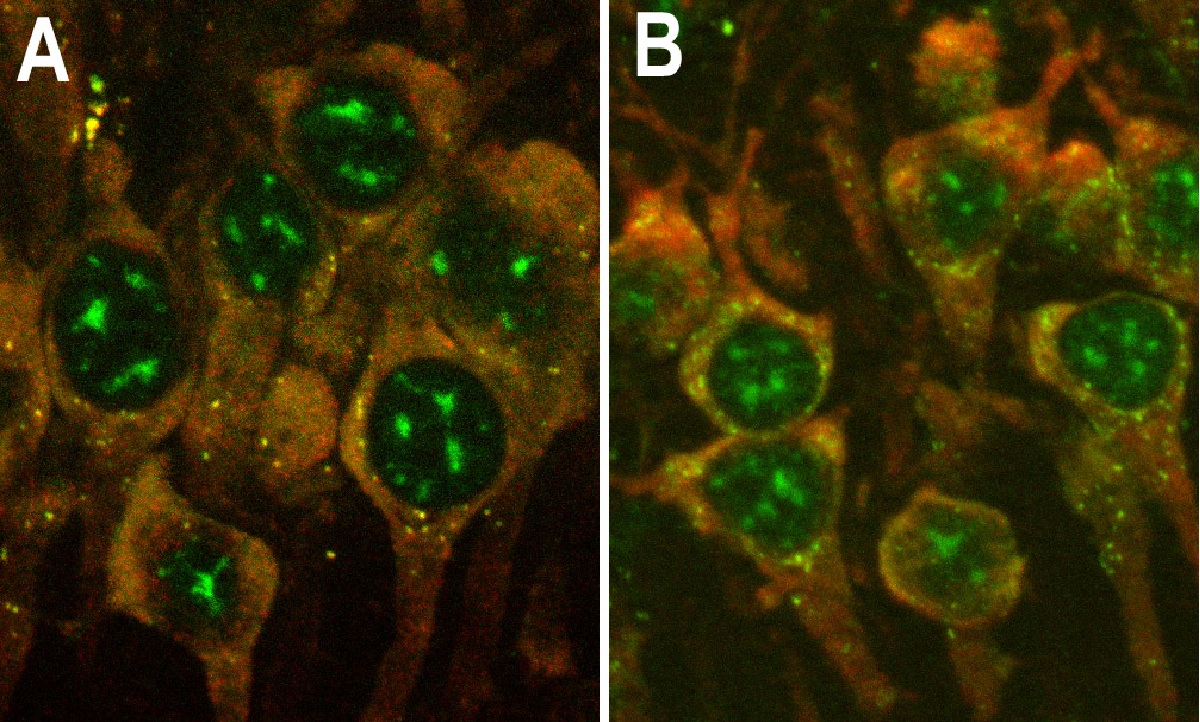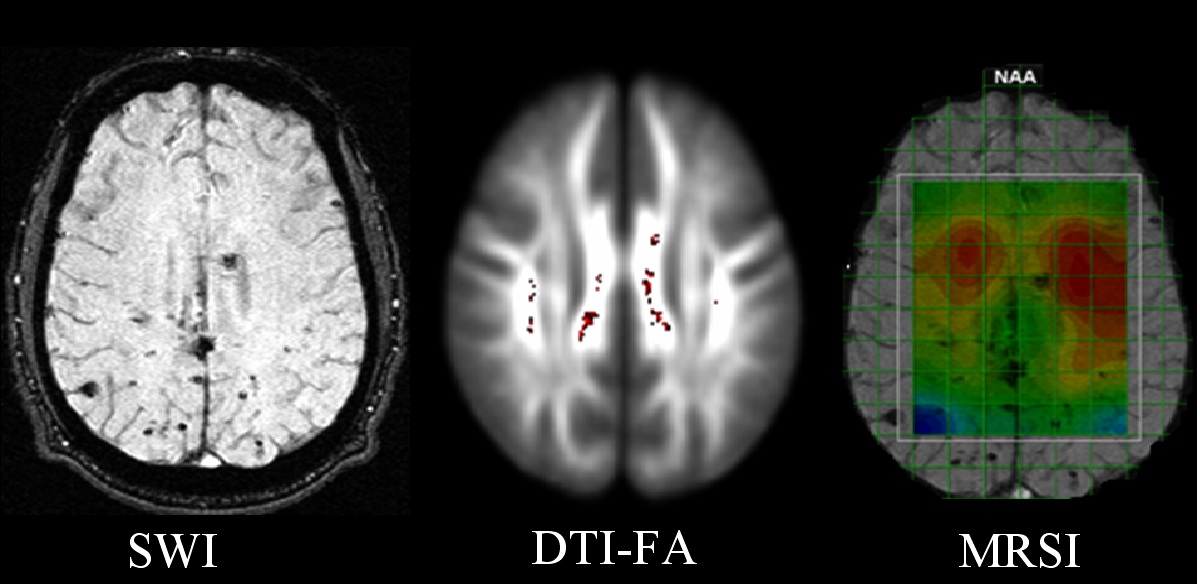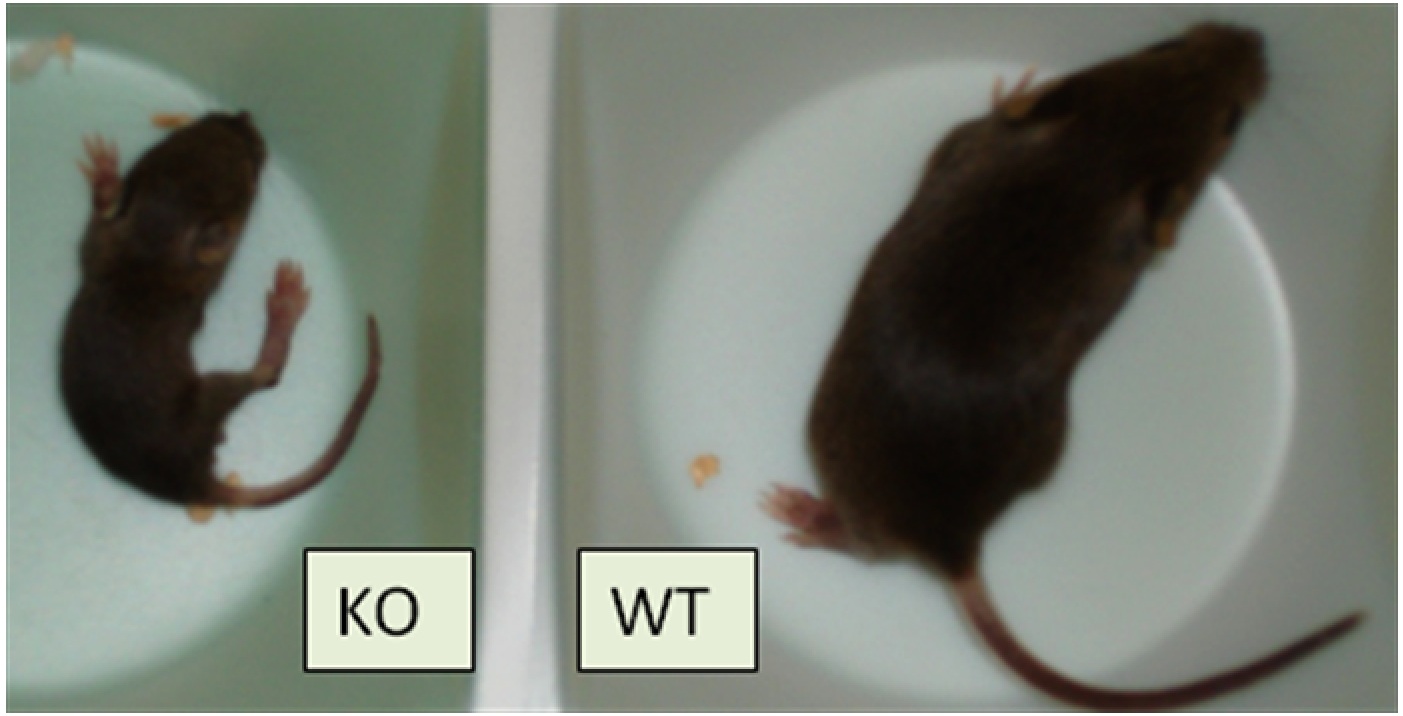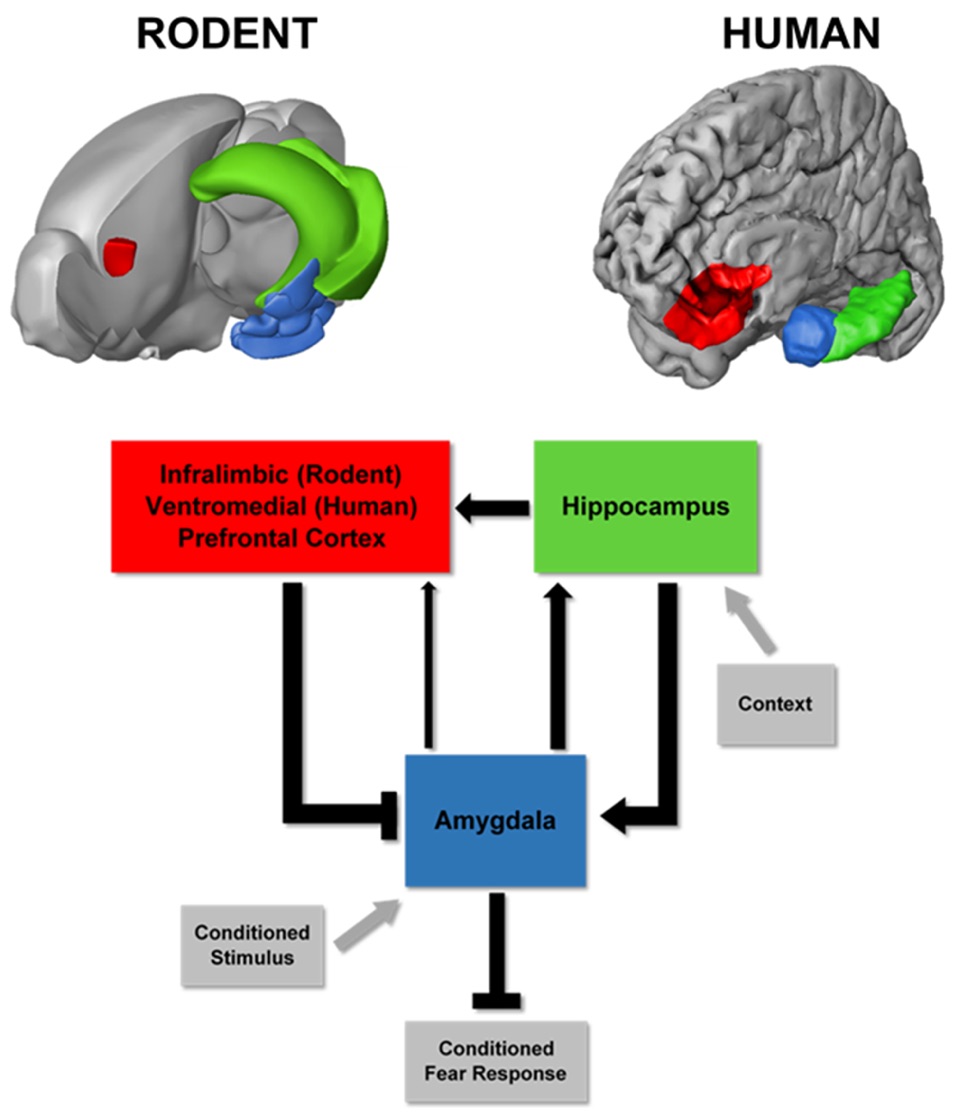Traumatic Brain Injury and Post-Traumatic Stress Disorder
| Deane Aikins, Ph.D. | Psychiatry and Behavioral Neurosciences, Merrill Palmer Skillman Institute |
| Alana C. Conti, Ph.D. | Neurological Surgery/Pediatric Neurosurgery |
| Donald J. DeGracia, Ph.D. | Physiology |
| Paula Dore-Duffy, Ph.D. | Neurology |
| E. Mark Haacke, Ph.D. | Biomedical Engineering, Radiology |
| Zhifeng Kou, Ph.D. | Radiology & Biomedical Engineering |
| Donald M. Kuhn, Ph.D. | Psychiatry & Behavioral Neurosciences |
| Shane Perrine, Ph.D. | Psychiatry & Behavioral Neurosciences |
| Christine A. Rabinak, Ph.D. | Pharmacy Practice |
| back | |
|
| Deane Aikins, Ph.D. Psychiatry & Behavioral Neurosciences, Merrill Palmer Skillman Institute | |
| Research Interest | Dr. Aikins is a neuroscience and clinical researcher interested in novel treatments of combat stress disorders, investigating both those who are resilient and those diagnosed with Posttraumatic Stress Disorder (PTSD), both in Veterans and military families. He is particularly interested in determining dementia risks in aging Veterans. His research focuses on neuroplasticity as a model for conceptualizing traumatic stress responses, risk and resilience models of PTSD and potential approaches for PTSD treatment. | |
| Disease/Disorder | Posttraumatic Stress Disorder, Psychophysiological markers of deployment stress risk and resilience, Deployment stress and emotion regulation in Active Duty military families. | |
| Species | Human | |
| Methods | Psychophysiological markers of ANS activation, fMRI/MRI, diagnostic interviews. | |
| Key Collaborators | Dr. Julie Wargo Aikins | |
| Publications | ||
| Division/Laboratory |
| |
| top back | ||
| | Alana C. Conti, Ph.D. Neurological Surgery, Pediatric Neurosurgery | |
| Research Interest | Experiments designed to examine ethanol action at the cellular level and to define the signaling pathways that mediate the synaptic response to ethanol in the adult and juvenile brain. Additional studies focus on behavioral outcome following ethanol exposure. Of particular interest are the proteins, adenylyl cyclase 1 and 8, which promote neuronal survival in the neonatal brain following ethanol treatment in studies related to Fetal Alcohol Syndrome. Future projects will focus on development of a novel in vitro model of Fetal Alcohol Syndrome and defining the cellular mechanisms that regulate ethanol sensitivity following traumatic brain injury using both adult and juvenile mouse models. | |
| Disease/Disorder | Traumatic brain injury, fetal alcohol spectrum disorder and alcohol sensitivity. | |
| Species | Mice | |
| Methods | Molecular Biology, Immunohistochemistry, Primary Neuronal Cultures, Behavioral Animal Models. | |
| Key Collaborators | Don Kuhn, Scott Bowen, Tiffany mathews, Shane Perrine, John Hannigan | |
| Publications | ||
| Division/Laboratory | ||
| top back | ||
| Donald J. DeGracia, Ph.D. Physiology | ||
| Research Interest | We study the mechanisms of cell death following brain ischemia and reperfusion, focusing on the causes and consequences of reperfusion-induced inhibition of protein synthesis, or translation arrest. This translation arrest appears to be part of the post-ischemic neuronal stress response. We have evaluated classical ribosome biochemistry, intracellular stress responses and most recently began investigating mRNA regulatory mechanisms, including stress granules and HuR granules. The lab is currently funded by the National Institute of Neurological Disorders and Stroke at the NIH. | |
| Disease/Disorder | brain ischemia and reperfusion injury: stroke, cardiac arrest and resuscitation brain damage | |
| Species | Rodents | |
| Methods | Molecular biology. | |
| Key Collaborators | Jose Rafols, Ph.D. | |
| Publications | ||
| Division/Laboratory | ||
| top back | ||
|
| Paula Dore-Duffy, Ph.D. Neurology | |
| Research Interest | The role of the microvascular pericyte in vascular function and CNS vascular diseases. The pericyte is an integral member of the blood brain barrier and neurovascular unit. As such it functions as a regulator cell and is involved in regulation of focal capillary blood flow, angiogenesis, inflammation and is now known to be a source of adult stem cells. Ongoing studies include investigation of pericytes in stem cell therapeutic paradigms in EAE and Traumatic brain injury. | |
| Disease/Disorder | Multiple sclerosis, traumatic brain injury and stroke | |
| Species | Rats and mice. | |
| Methods | Immune based techniques, cell culture, molecular biology, protein chemistry, FACs analysis, imaging and translational research. | |
| Key Collaborators | Alexander Gow, Jose Rafols, William Brusilow and Richard Needleman, and outside the University Joseph Lamanna and Robert Miller at Case Western Reserve School of Medicine in Cleveland and Richard Milner at Scripps Research Institute and Gregory del Zoppo at the University of Washington in Seattle. | |
| Publications | ||
| Division/Laboratory | ||
| top back | ||
| E. Mark Haacke, Ph.D. Biomedical Engineering, Radiology | ||
| Research Interest | We are interesting in a wide variety of neuroimaging applications related to neurovascular diseases from multiple sclerosis to dementia. | |
| Disease/Disorder | Stroke, trauma, cancer, multiple sclerosis and aging. | |
| Species | Human, rats and mice. | |
| Methods | MRI | |
| Key Collaborators | Jiani Hu, Norman Cheng, Zhifeng Kou, Albert King, Randy Benson and James Garbern | |
| Publications | ||
| Division/Laboratory | ||
| top back | ||
| | Zhifeng Kou, Ph.D. Radiology & Biomedical Engineering | |
| Research Interest | Advanced magnetic resonance imaging (MRI) of traumatic brain injury (TBI). We use advanced MRI to improve the detection and outcome prediction of brain trauma and further guide the clinical management and potential treatment of TBI. | |
| Disease/Disorder | Traumatic brain injury. | |
| Species | Human, rodent animal models | |
| Methods | Advanced MRI, including susceptibility weighted imaging and mapping, diffusion and perfusion imaging, MR spectroscopy imaging, and functional imaging. | |
| Key Collaborators | Robert Welch, M.D., John Woodard, Ph.D., Scott Millis, Ph.D., Randall Benson, M.D., John Cavanaugh, M.D., Robin Hanks, Ph.D | |
| Publications | ||
| Division/Laboratory | ||
| top back | ||
| Donald M. Kuhn, Ph.D. Psychiatry & Behavioral Neurosciences | ||
| Research Interest | We are interested in the role of non-neuronal cells in contributing to brain damage caused by drugs, disease and injury. We are also interested in the physiological and neurochemical roles played serotonin as determined through studies with a knockout mouse lacking brain serotonin (i.e., TPH2 knockout). | |
| Disease/Disorder | traumatic brain injury, parkinson’s disease, depression and OCD | |
| Species | Mice, brain tissue and bacteria. | |
| Methods | Neurochemistry, biochemistry, pharmacology, molecular biology, transgenic and knockout mouse models of CNS diseases | |
| Key Collaborators | Mariana Angoa-Perez, Michael Kane, David M. Thomas, Alana Conti, Matthew Galloway, Shane Perrine | |
| Publications | ||
| Division/Laboratory | ||
| top back | ||
|
| Shane A. Perrine, Ph.D. Psychiatry & Behavioral Neurosciences | |
| Research Interest | Our laboratory focuses on the neuropsychopharmacology of drug addiction and co-occurring psychiatric conditions, namely depression and anxiety. The goal of my research is to elucidate the mechanisms by which drugs, particularly psychostimulants such as cocaine, methamphetamine, and methylenedioxymethamphetamine (ecstasy), affect neurochemistry and behavior. Using animal models, we seek to identify and understand the plasticity of the human brain in response to acute and repeated drug exposure, as well as, stressors and cues that lead to anxiety, depression and relapse to drug seeking. We are currently pursuing two major research studies: 1) Determine the neurochemical underpinnings that are disrupted by psychostimulants and lead to anxiety, depression and maladaptive reward behaviors; 2) Understand the neurobiological basis that underlies comorbidity of PTSD and drug abuse. | |
| Disease/Disorder | Drug abuse and dependence, anxiety and depression | |
| Species | Rat | |
| Methods | Rodent models/tests for reward, anxiety, and depression related behaviors, western blotting, ELISA, HPLC, and proton-magnetic resonance spectroscopy. | |
| Key Collaborators | Matthew Galloway, Manuel Tancer, Mark Greenwald, Scott Bowen, Jeffrey Stanley, David Thomas, Donald Kuhn, Alana Conti, Pamela VandeVord, Michael Church, Bill Fantegrossi (U Arkansas), Leonard Howell (Emory U), Israel Liberzon (U Michigan), Mark Simmons (NEOUCOMP) and Ellen Unterwald (Temple U). | |
| Publications | ||
| Division/Laboratory | ||
| top back | ||
| Christine A. Rabinak, Ph.D. Pharmacy Practice | ||
| Research Interest | Behavioral and neurobiological mechanisms of fear learning and memory; cannabinoid system and emotional processing; threat perception and regulations of affect; biomarkers of development and maintenance of anxiety disorders. | |
| Disease/Disorder | Anxiety disorders, Trauma | |
| Species | Human | |
| Methods | fMRI, EEG, ERP, psychopharmacology, behavio . | |
| Key Collaborators | Mark Greenwald (WSU), Jeff Stanley (WSU), K. Luan Phan (University of Illinois at Chicago), Mohammed Milad (MGH & Harvard), Greg H. Proudfit (SUNY Stony Brook). | |
| Publications | ||
| Division/Laboratory | ||
| top back | ||
